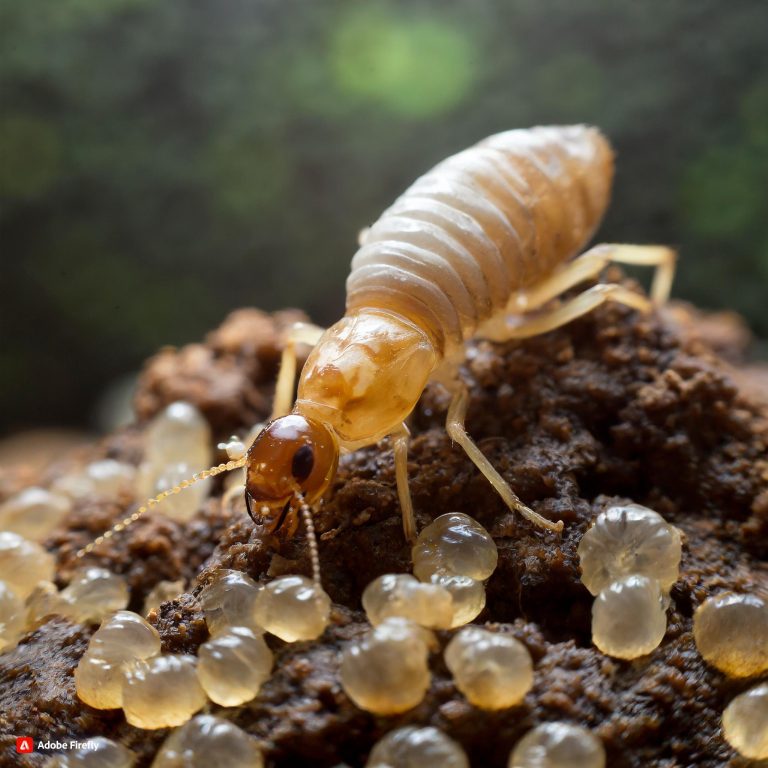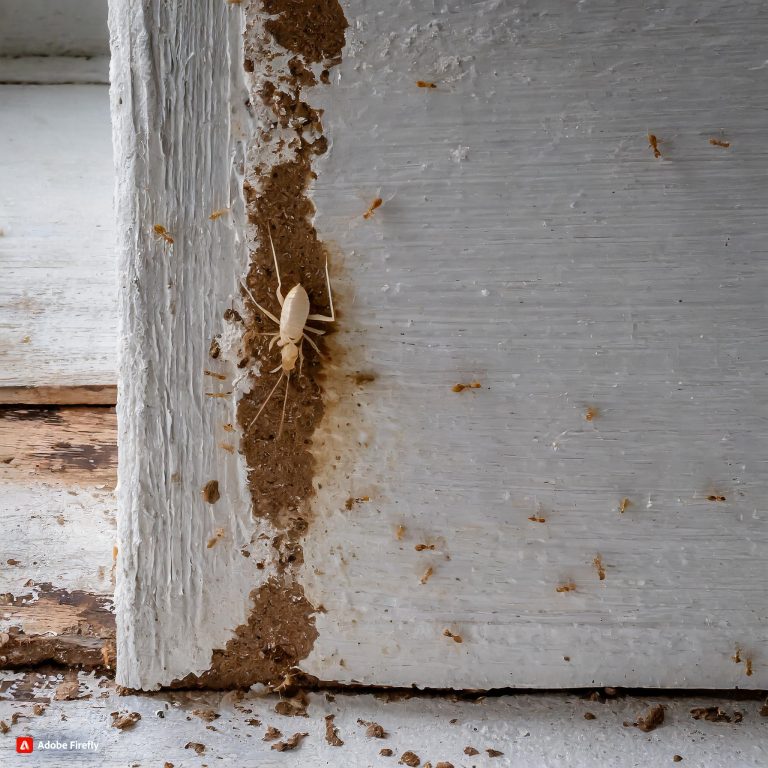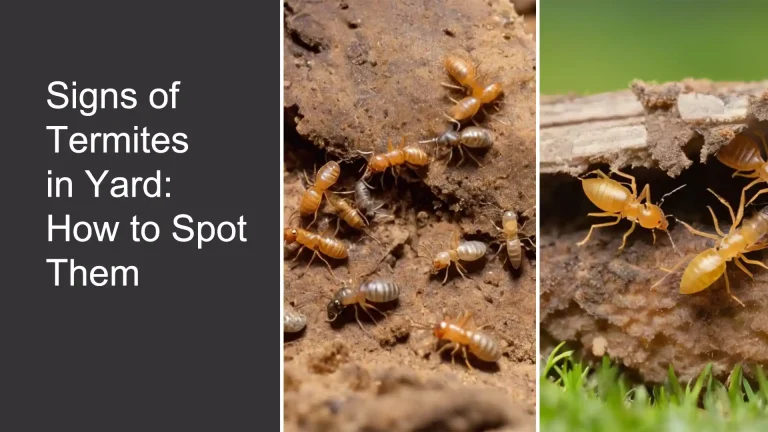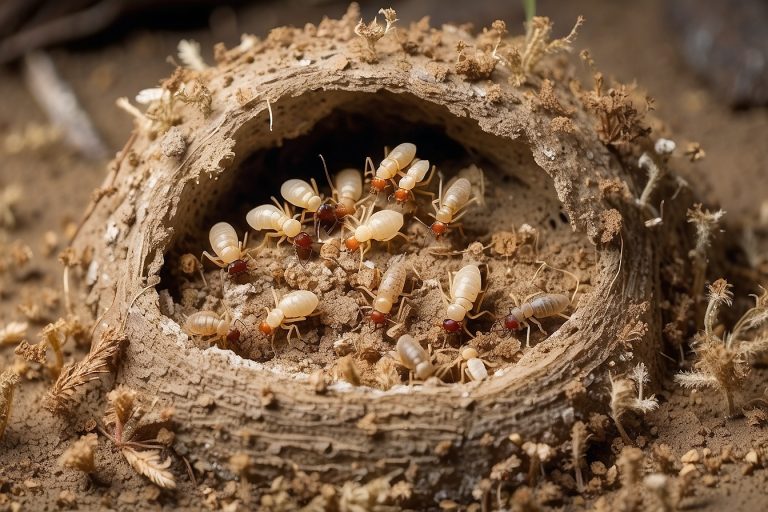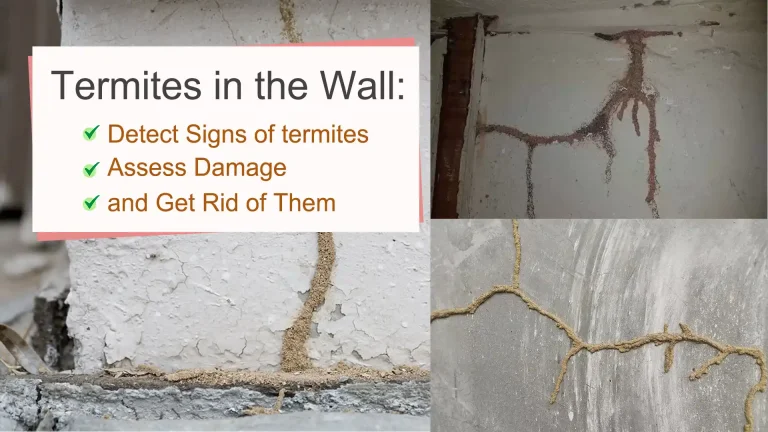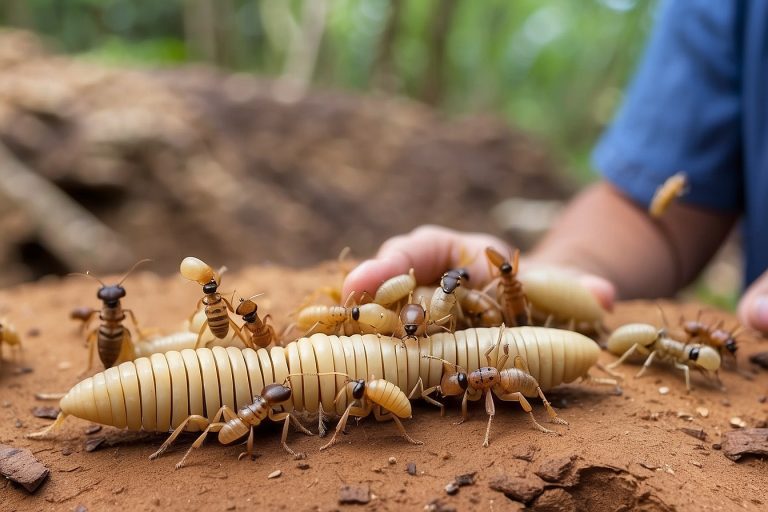Top Signs of Termites in Trees: Identify Damage & Infestation Quickly
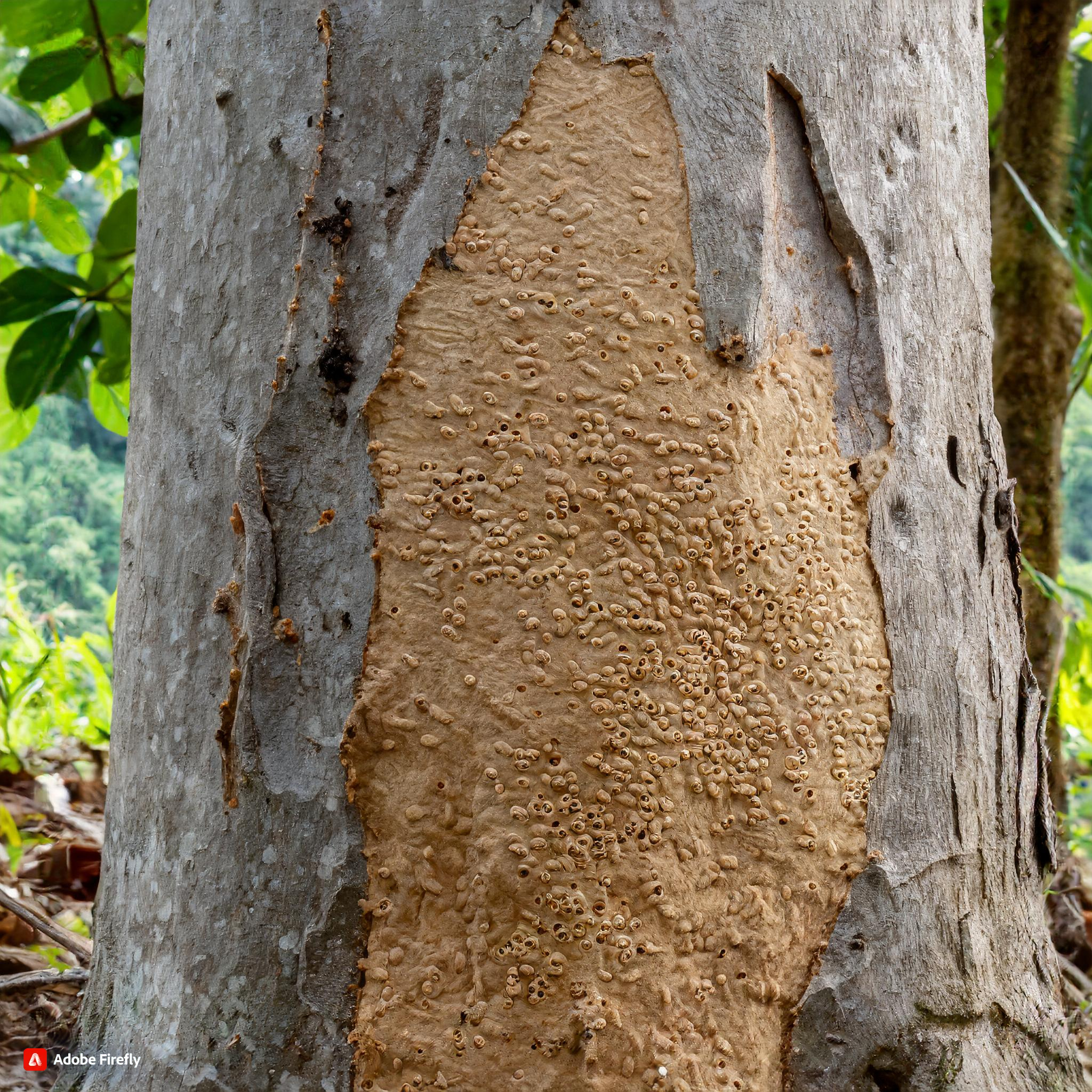
- Top Signs of Termites in Trees
- Do Termites Live in Trees?
- Early Signs of Termites in Trees
- What Trees do Termites Avoid?
- Identifying Termite Tree Damage
- Preventing Infestations in Trees
- What to do if Termites Infest Your Trees
- How Does Termite Infestation Impact Trees?
- How to Get Rid of Termites in Trees Naturally
- In Conclusion
Top Signs of Termites in Trees
Finding termites in trees can be worrying, but catching an infestation early is key to protecting your landscape. Termites feast on cellulose material and can cause major damage if left unchecked. Know what to look for so you can act fast. This guide covers common signs of termites in trees, the species to watch for, prevention tips, and what to do if you confirm an infestation.
Do Termites Live in Trees?
Termites feed on cellulose, the main component of plant cell walls, making trees an ideal food source. Different termite species have different nesting and feeding habits when it comes to trees:
- Subterranean termites live underground but construct mud tubes to reach food sources like the roots or base of trees.
- Formosan termites also build mud tunnels and often infest trees. They are highly destructive.
- Drywood termites live inside trees and can cause major structural damage.
So in short – yes, multiple types of termites can and do live in and feed on trees. Infestations are common where conditions are right.
Early Signs of Termites in Trees
Catching termites early is crucial to limiting tree damage. Be on the lookout for these common early signs:
1. Mud Tubes at Base of Tree
Mud tubes around the base of a tree are strong indicators of subterranean or Formosan termites. The insects construct these narrow tunnels to move between their underground nest and the tree to avoid detection.
Tubes are often no wider than a pencil but can reach 1⁄2 inch across. Check the surface where the base of the tree meets soil for termite activity.
2. Holes and Hollowed Wood
Small holes in a tree’s surface may signal drywood termites are at work inside. Use an awl to poke gently into suspected areas and look for hollowed space under the bark. Hollow sections reverberate with a dull thud when tapped.
Clusters of tiny holes also point to drywood termites or insect borers. Look for tiny piles of wood shavings called “frass” on the ground.
3. Dead Wood Near Tree
While termites live in live trees to access moist wood, they also attack dead wood as an easy meal and can spread their wings to start a new colony.
Dead trees, fallen branches, and tree stumps left near healthy trees can attract foraging workers that may then consume wood and spread to living plants.
Prune dead wood and clear debris from around your trees. Also check stumps left after cutting down trees showing past termite damage. The colony may spread to nearby living trees.
What Trees do Termites Avoid?
Most species feast on a wide variety of trees. Teak wood contains termicidal compounds making it unappetizing, while white cedar and Alaska yellow cedar also deter termites somewhat. Still, no tree variety is completely resistant when conditions favor infestation.
Well-maintained trees stay healthier and avoid stresses making them less vulnerable. So cultivation plays a big role, along with monitoring for early signs of attack.
Identifying Termite Tree Damage
Along with watching for early mud tunnels and wood holes, also check your trees for these signs of advanced damage from termites:
Sagging Limbs and Falling Branches
Termites burrow deep into wood as they feed. This causes structural weakness and loss of stability over time. Noticeable sagging limbs or increased shedding of branches are visible signs.
Peeling Bark and Exposed Wood
Foraging termites sometimes strip outer bark to access the moist inner wood. Stripped areas appear gouged or torn and expose lighter-colored wood underneath. This makes trees more vulnerable to pathogens as well.
Dying Sections in Canopy
When extensive feeding cuts off flow of nutrients, whole sections of a tree’s canopy will suddenly die off. You’ll notice brown leaves or needles that don’t shed naturally. Can indicate long-established colony inside trunk.
Preventing Infestations in Trees
An ounce of prevention is worth a pound of cure when it comes to dealing with tree termites. Here are smart tactics:
1. Regular Tree Inspections
Make a habit of periodically checking both the trunks and root areas of your trees for early signs of termites. Catching an infestation early makes treatment easier and protects more wood.
2. Keeping Tree Areas Clear
As discussed before, dead wood debris attracts termites that may spread to living trees. Always prune away dead limbs and remove other dead timber around your landscape.
Also avoid mulching too high around tree trunks. This allows “bridging” access for ground-nesting species like subterranean termites. Pull mulch several inches back from tree bases.
3. Professional Termite Control
At the first sign of termites, work with a certified pest control pro to identify extent of infestation and best treatment plan. Acting fast improves chances of saving trees.
Treatment options range from spot sprays, injections, or trenching concentrated insecticides around root zones. Have pros assess soil moisture and drainage issues on your property also, as excess water encourages termite spread.
4. Tree Care and Removal
Keep your trees as healthy as possible through proper feeding, pruning, and disease management. Avoid overwatering. Remove any highly infested trees threatening transmission to other nearby hosts.
What to do if Termites Infest Your Trees
If you confirm termites are present in one or more trees on your property, stay proactive with these steps:
- Identify extent of infestation – Check ALL trees carefully for signs. Note tree types and locations impacted. Send samples of damaged wood, termites themselves, or clear photos to pest control pros for analysis.
- Act fast to treat – The longer colonies grow unchecked, the more damage. Work with pros to select suitable treatment options for type of termites confirmed and tree locations. Be ready for multiple interventions.
- Monitor and follow-up – Re-check treated trees carefully over the following year. Call pros back for additional spot treatments if needed to knock out survivors still feeding.
- Remove severely damaged trees – Trees with over 50% structural damage or short life expectancy should be taken down to avoid spreading infestations further.
How Does Termite Infestation Impact Trees?
When termites attack trees, they damage the wood itself along with stripping the bark that protects this key transport layer. The results include:
- Structural instability – Tunnels destroy internal supportive wood leading to fractures and collapse.
- Nutrient transport disruption – Bark stripping cuts off water and nutrients needed for growth.
- Increased disease vulnerability – With protective bark removed, fungal pathogens now have an open doorway to invade wood further.
While termites rarely kill trees outright, their feeding weakens trees severely. This makes them more prone to dying from secondary causes like wind damage, drought stress, disease, or attack by other insects.
The bottom line…termites open the door for a gradual decline in tree vitality that can have landscape impacts for years to come if left unchecked. Knowing how to spot and treat infestations quickly in your yard is key!
How to Get Rid of Termites in Trees Naturally
Chemical treatment is often needed to fully eliminate aggressive tree termite colonies. But some natural options can also help deter termites or add protection against re-infestation after other controls knock down the bulk of the colony:
- Nematodes application – Beneficial nematodes are microscopic roundworms that prey on destructive termites. Widely used as biological insecticides. Requires careful application.
- Orange oil – Extracted from orange peels, the oil’s aroma repels termites naturally. Can be sprayed onto known infested trees.
- Diatomaceous earth – This powdery natural mineral compound abrades the waxy skin coating of insects. Dust generously around root zones of infested trees.
- Plant-based repellents – Certain plants contain compounds repugnant or toxic to termites. Intercrop with vulnerable trees or use extracts like neem oil sprayed onto bark.
- Predator insects – Release or promote natural predator bugs like ants, spiders, beetles that feed on termites in a landscape.
Employ natural deterrents like these in combination with targeted professional treatments to clear infestations and help guard against termites re-establishing colonies in your trees again.
In Conclusion
Termites are among the most destructive tree pests due to their rapid feeding and difficult-to-detect nature. But by learning the common signs like mud tubes or wood hollows, checking trees Regularly inspect trees for early signs of termite infestation, and calling in pros at the first sign of trouble – you stand the best chance of protecting your trees and avoiding costly

